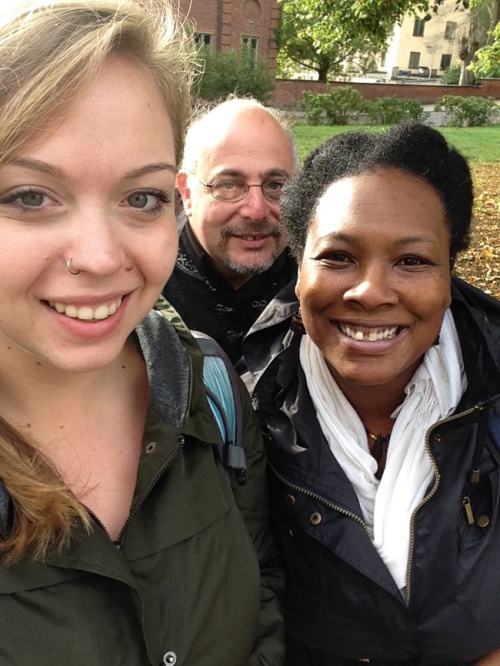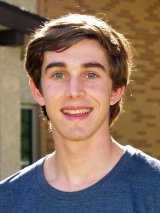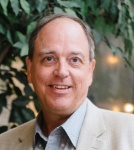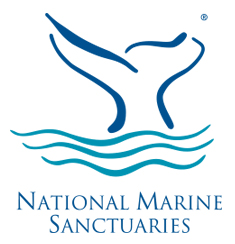Skidaway Institute was well represented at the Goldschmidt Conference in Paris in August. Jay Brandes, Julia Diaz, Cliff Buck and Sydney Plummer participated in the annual, international conference on geochemistry and related subjects, organized by the European Association of Geochemistry and the Geochemical Society.
Jay was a co-convener of the session: “Tracking carbon from source to sink in modern and ancient environments: the carbon cycle in coastal environments, stable carbon isotope systematics, and the role of photochemical reactions.” His fellow conveners were Jaime Toney, Christian Schröder, Anke Neumann, Songhu Yuan, Leanne Powers (former SkIO post doc), Ying Cui and Xiahong Feng.
Jay was the lead author on one poster presentation and co-author on another with Leanne Powers, Kevin Ryan, Aron Stubbins and Bill Miller.
“What Can Carbon Isotopes Tell Us About the Nature of Photo-Labile Dissolved Organic Carbon?” Jay Brandes, Kevin Ryan, Aron Stubbins & Leanne Powers
Moderate Dissolved Inorganic Carbon (DI13C) Isotope Enrichment (MoDIE) for Improved Evaluation of DIC Photochemical Production in Seawater
Leanne Powers, Kevin Ryan, Jay Brandes, Aron Stubbins & William Miller
Julia had four presentations and was a keynote speaker.
Keynote: Marine Polyphosphate: Linking the Global Phosphorus Cycle over Modern and Geologic Timescales
Julia Diaz, Y. Tang, R. Huang, B. Wan, James Sanders, Karrie Bulski & Doug Mollett
Dynamics and Regulation of Extracellular Superoxide Production by Marine Microbes
C. Hansel, Julia Diaz, R. Gast & J. Bowman
Species-Specific Control of External Superoxide Levels by the Coral Holobiont during a Natural Bleaching Event
Julia Diaz, C.M. Hansel, A. Apprill, C. Brighi, T. Zhang, L. Weber, S. McNally & L. Xun
Unraveling the Eco-Physiological Roles of Phytoplankton-Derived Reactive Oxygen Species
Sydney Plummer, C.M.Hansel, Elizabeth Harvey, Karrie Bulski & Julia Diaz
Cliff gave an invited talk and he was a co-author on another.
Invited: Aerosol Deposition and Fractional Solubility of Trace Elements in the Remote Ocean
Clifton Buck, W. Landing, A. Aguilar-Islas, Christopher Marsay & D. Kadko
Evaluation of Labile Iron Processing in Atmospheric Models
A. Ito, S. Myriokefalitakis, M. Kanakidou, N. Mahowald, A. Baker, T. Jickells, M. Sarin, S. Bikkina, Y. Gao Y, R. Shelley, Clifton Buck, W. Landing, A. Bowie, M. Perron, N. Meskhidze, M. Johnson, Y, Feng & R. Duce















